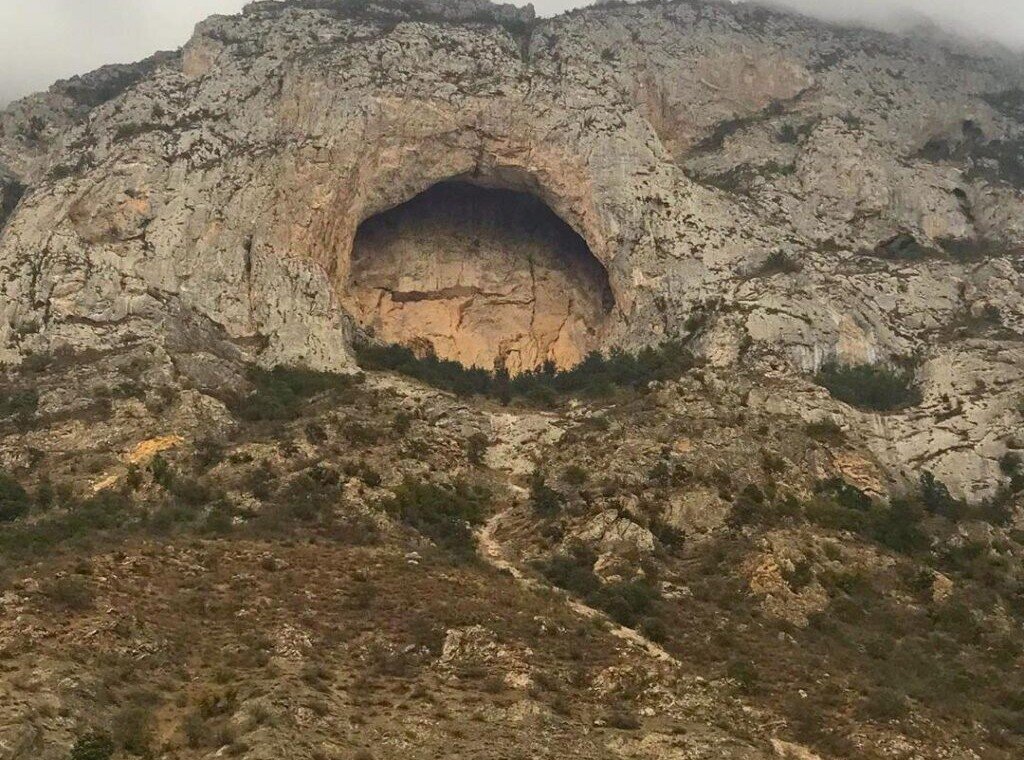Archaeologists to try hands at cave bearing ancient architectural elements

TEHRAN – A team of Iranian archaeologists and cultural heritage experts is scheduled to excavate Sepahbod-Khorshid Cave, which bears ancient architectural elements in northern Iran.
In the coming days, the first season of excavation will be commenced on Sepahbod-Khorshid Cave, an official in charge of protecting the ancient site said on Wednesday.
“As soon as we receive an excavation permit from the Research Institute of Cultural Heritage and Tourism, we will start the first season of excavation on the cave, which bears significant architectural spaces,” Mehdi Abedini Araqi said.
This excavation will be a prerequisite for a subsequent restoration project intended to help safeguard treasured elements of the cave, the official said.
“To undertake restoration, it is necessary to first excavate to provide enough spaces for restorers. We should start that to see what architectural phenomena and plans we are facing in the vast cave,” the official explained.
Situated in Savadkuh highlands, northern Mazandaran province, the cave was used as a shelter by Khorshid (“The sun”), the last ruler of Tabarestan, then surrounded by Arab invaders for several months and seized after poisoning its drinking water supply.
Some consider this cave as the latest Persian stronghold against the Arab conquerors. Access to the cave needs climbing gear and also expertise in alpinism.
Measuring 80 by 100 meters, its arched entrance is said to be the largest natural one in the world. On the left side of the cave, a four-story-high castle was built; made of stones and mortar, it is the masterpiece of architecture of its time. On the right side, numerous trenches and defensive buildings were built, all of which remained firm and intact after centuries.
These two parts were connected through a road made of stones and mortar. Two meters wide, this road was built 50 meters above ground level. Today only traces of it remain. The remains of a cistern, several silos, and numerous defensive monuments are located outside the cave.
Sandwiched between the towering Alborz mountain range and the Caspian Sea, Mazandaran has a rich yet turbulent history. An early civilization flourished at the beginning of the first millennium BC in Mazandaran (Tabarestan).
Its insecure eastern and southeastern borders were crossed by Mongol invaders in the 13th and 14th centuries. Cossacks attacked the region in 1668 but were repulsed. It was ceded to the Russian Empire by a treaty in 1723, but the Russians were never secure in their occupation. The area was restored to Iran under the Qajar dynasty.
AFM
Leave a Comment